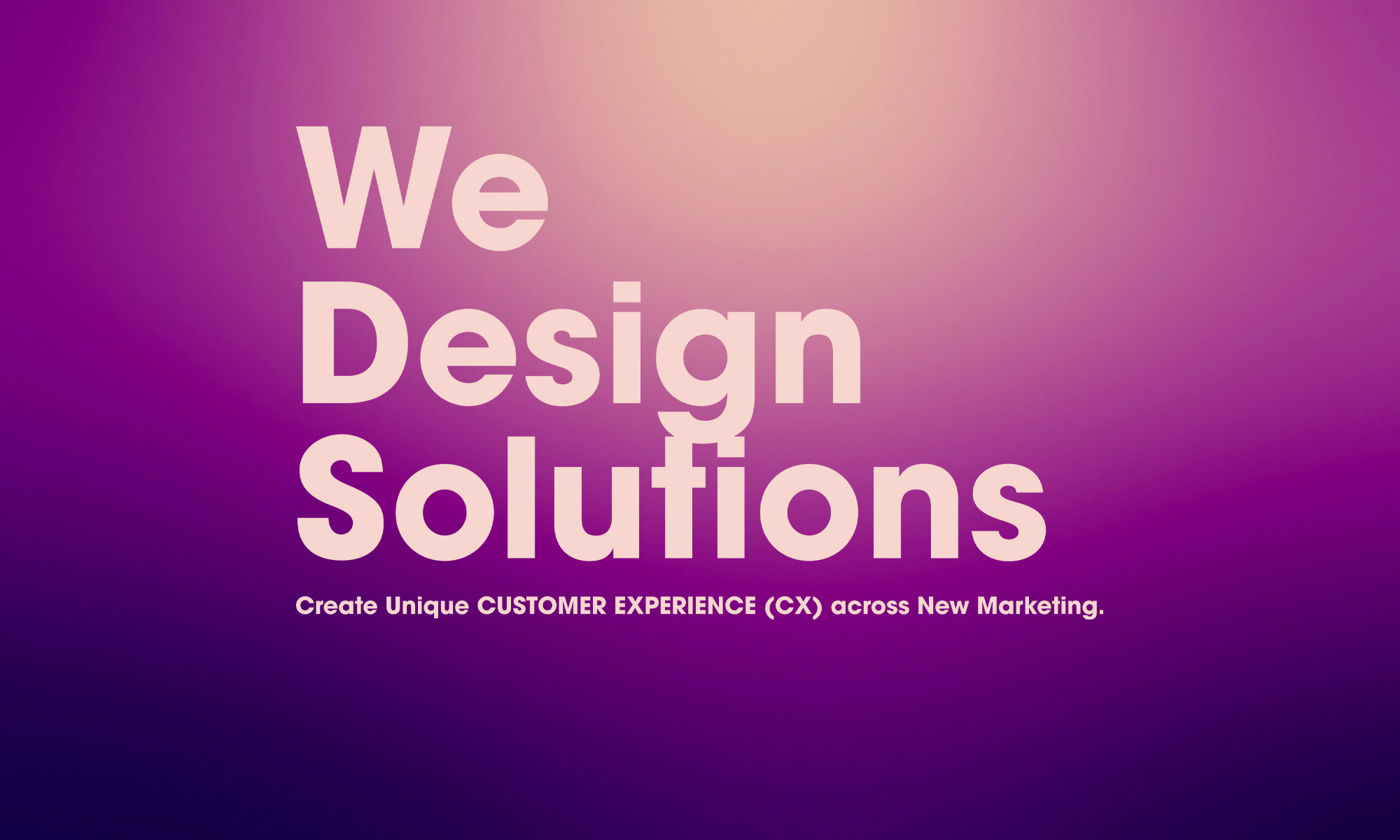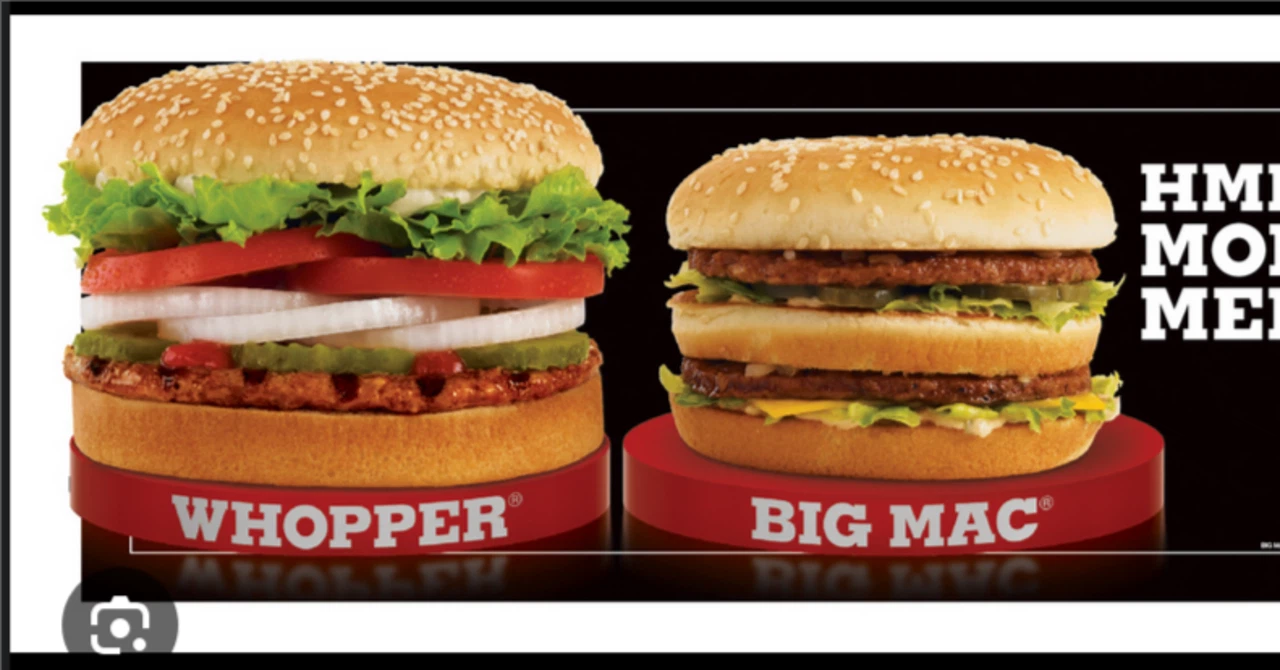What If Japanese Convenience Stores Used Piggyback Advertising?
The advertising rivalry between Burger King and McDonald’s is a great example of how piggyback advertising, or leveraging a competitor’s campaign for your own benefit, can be used effectively. When McDonald’s launched an ad asking, “What’s the most iconic burger in the world?”, Burger King swiftly responded with, “So, which one is the biggest?” This kind of witty exchange keeps consumers engaged and adds an element of fun to brand competition.
Wouldn’t it be interesting if a similar strategy were applied in Japan’s convenience store industry?
For instance, if 7-Eleven promoted a “100-yen rice ball sale,” Lawson could counter with, “Ours are 100 yen plus extra filling!” Then, FamilyMart might jump in with, “Extra filling is great, but our rice quality makes all the difference!” A playful back-and-forth like this would undoubtedly capture consumer attention.
If this were about Hong Kong, it could also be interesting with 7-Eleven and Circle K or Wellcome and Park’n Shop.
Humorous piggyback advertising doesn’t attack competitors outright but instead uses lighthearted provocation to create a sense of fun. If these exchanges gain traction on social media, they can boost brand awareness and enhance overall brand perception. Japanese consumers, in particular, appreciate clever and witty marketing approaches. This type of competition could even influence how customers choose their favorite convenience store—not just based on products, but on which brand delivers the most entertaining marketing. Ultimately, such campaigns could contribute to the entire industry’s growth and excitement!

